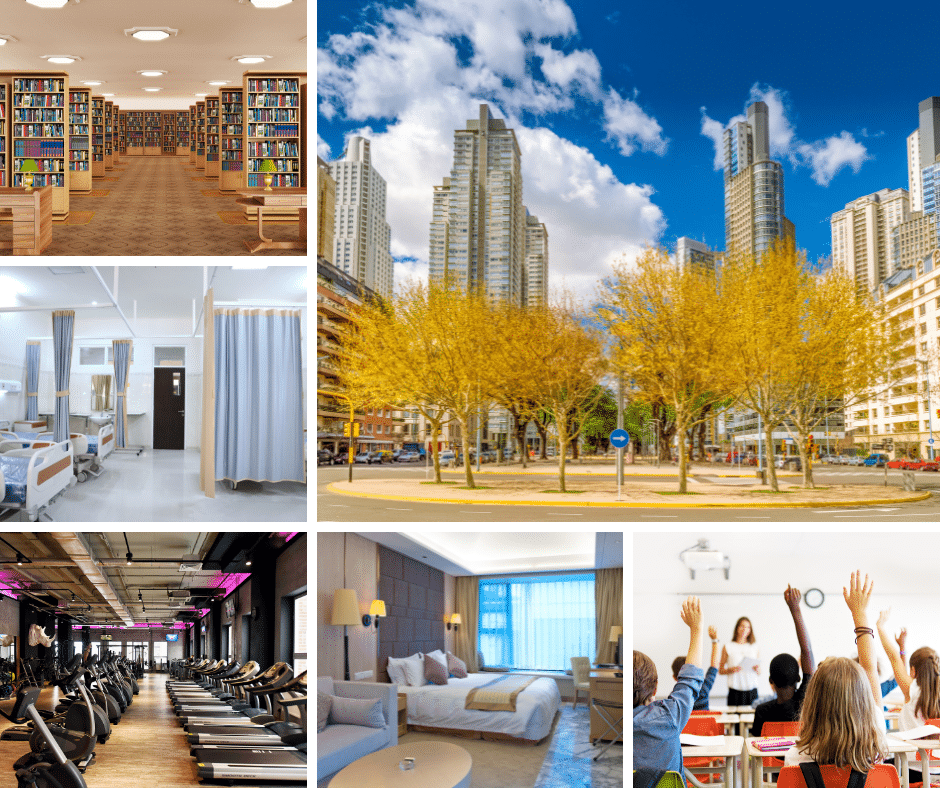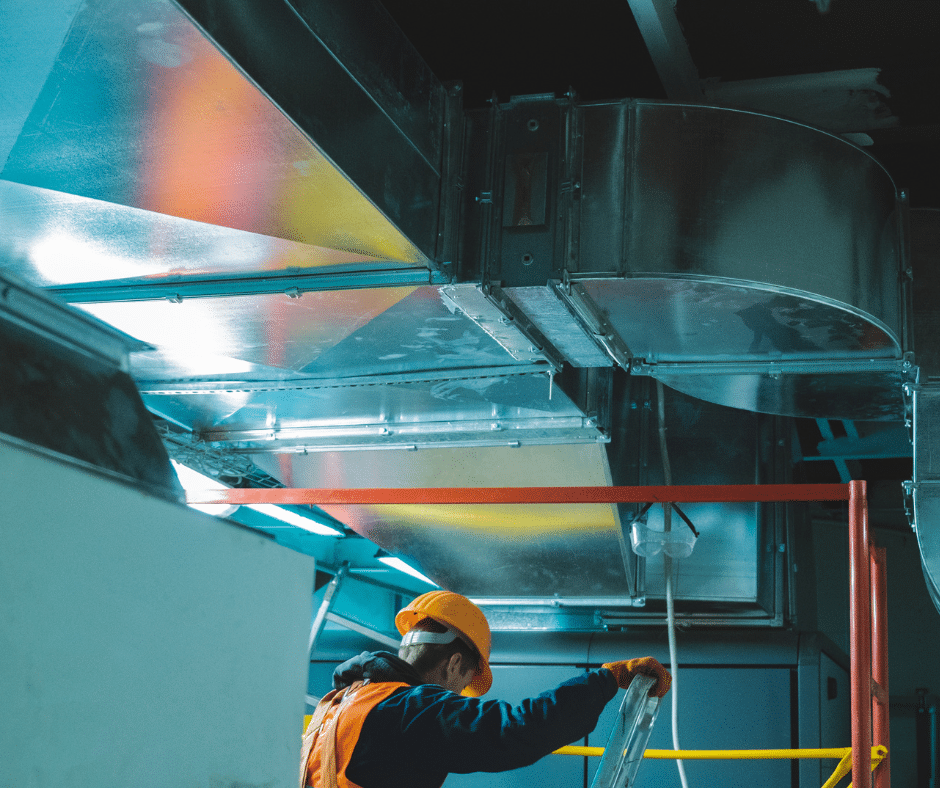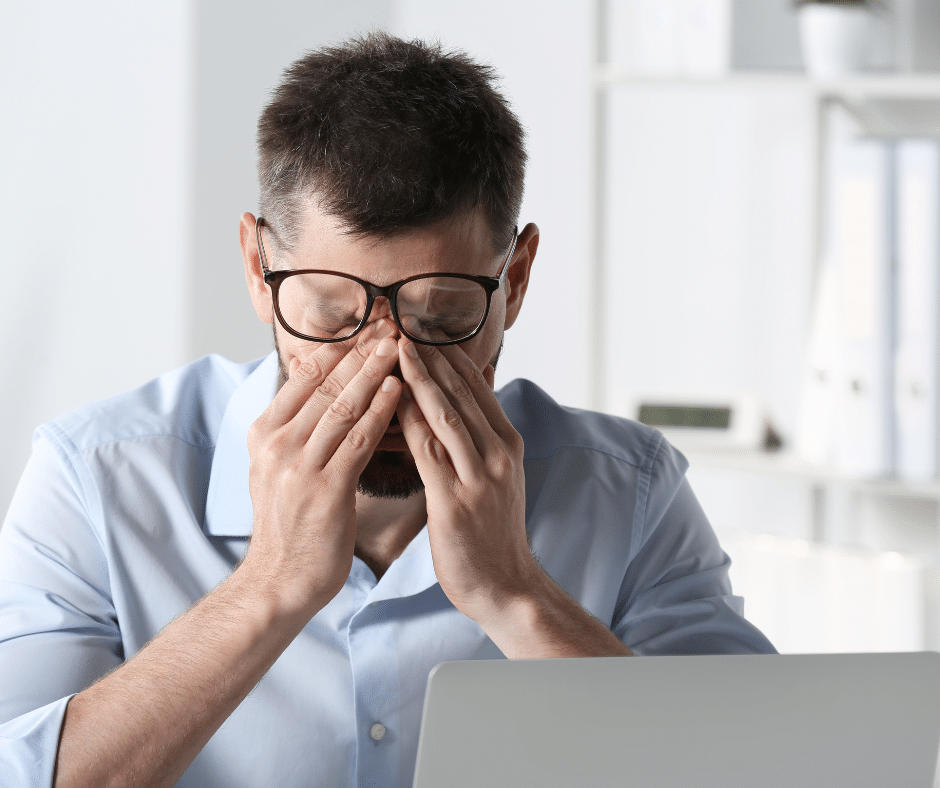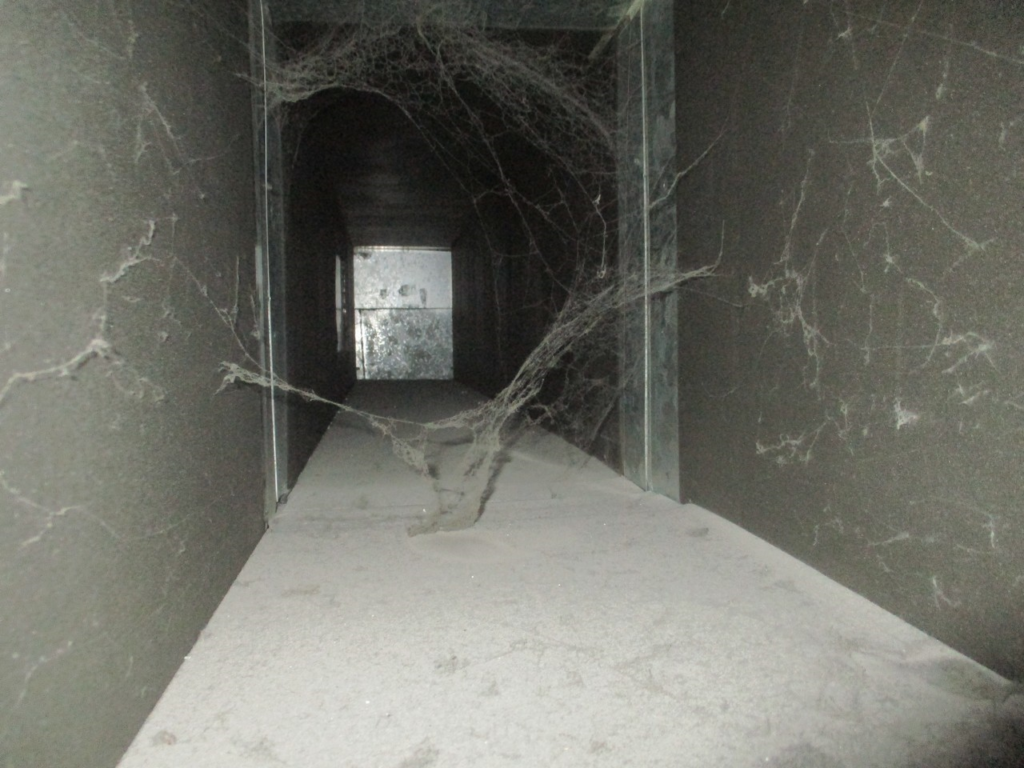Contaminated air poses a treath to both human health and the surrounding environment in all types of buildings. There are various reasons why this happens: everyone should have the right to breathe clean air, but there are categories of people (as well as objects) that are more exposed to risks arising from HVAC systems with chemical and/or microbiological contaminations. In this article, we’re going to analyze indoor air quality risks by type of structure!
Indoor air quality in museums and libraries
- When it comes to entertainment, visitor comfort is essential: excessive heat or cold would lead to the risk of discomfort; moreover, if there are any contaminations, employees and visitors could get sick.
- Malfunctioning HVAC systems lead to high energy waste: in a historical moment where saving on bills is vital, HVAC hygienic maintenance mustn’t be forgotten.
- Works of art such as paintings, manuscripts, books and wooden works could deteriorate if the air is too humid or too dry. In addition to appropriate devices, ventilation systems play a crucial role in this.
Indoor air quality in schools
- Continuous air exchange is ensured even in the cold months, when windows can’t remain open for too long;
- filters prevent the penetration of pollutant from the outside;
- germs and bacteria deriving from coughs and sneezes diffuse less easily to other classrooms.
Indoor air quality in gyms
Indoor air quality in healthcare environments
- minimize the risk of staff contagion;
- prevent those attending the facilities for routine tests from becoming ill;
- prevent vulnerable individuals from contracting additional diseases from other hospital departments (through air ducts).
Indoor air quality in hotels
- The high number of occupants facilitates the spread of germs and bacteria through air conditioning systems;
- Legionella could vaporize from plumbing systems into bathrooms and spread through air conditioning systems;
- poor air quality can lead to illnesses and have a negative impact on the facility’s reputation, not to mention the risk of penalties or, worse, closing.
Indoor air quality in production plants
- Dust of all kinds accumulates accumulates in all HVAC components;
- in absence of regular hygienic management, dust particles are reintroduced into the working environments and breathed in by employees, with serious consequences for their health
- it is also important to remember that processes materials could become contaminated, especially food!
In this article, we’ve only analized a few examples of places where installing HVAC systems and ensuring good HVAC hygiene can make a difference. Breathing clean air is a right: ensuring that your collaborators can work in optimal conditions will create a healthier and safer working space, increasing well-being and keeping you away from legal risks. Your company’s reputation will skyrocket!
If you want to know more about other indoor air quality risks and how to handle them, have a look at this article about occupational health and safety!





